|
6/28/2023
The Galapagos Islands - WildlifeWithout a doubt, the biggest draw of the Galapagos Islands is the wildlife. The islands are home to the highest percentage of endemic species anywhere in the world. According to the Galapagos Conservancy, about 80% of the land birds, 97% of the reptiles and mammals, 30%+ of the plants and 20% of the marine species are only found in these islands. Favorites include the Galapagos tortoises, land and marine iguanas, the flightless cormorant and the Galapagos penguins, the only penguin found in the Northern Hemisphere. Of course there are also other non-endemic favorites, like the blue footed boobie, fur and sea lions. My Southern Loop cruise itinerary in early June took me to the islands of North Seymour, South Plaza, Santa Fe, San Cristobal, Santa Cruz, Floreana, Isabela and Española Islands. Seeing wildlife is never a guarantee, but this is not a problem in the Galapagos. I spotted just about every favorite on the list somewhere along this itinerary. The naturalists told me no matter which itinerary you take you'll see most of the favorites. (If there is a specific species you want to see check with your travel agent to see which itinerary best meets your wants.) Bottom line, a cruise through the Galapagos Islands is an incredible. My photo story follows. SEALS LOVE THIS PLACE! Sea lions and fur seals were everywhere. Resting on the beaches, on the rocks, on the docks, under the tables at the Fish Market, bus stop benches. No care in the world. Pups and juveniles lived up to their reputation for being as curious about us as we were of them. Too much fun snorkeling with them zipping by you. We got very close to them on land but made sure to stay clear of the big males. Quite territorial. There were quite a few pups.... I feel for the Moms - they not only nurse their young pups but on occasion their juveniles insist on nursing too! IGUANAS - The face only a Momma would love. Seeing these reptiles made me believe that Jurassic Park could be real. The yellow/orange/brown iguanas are the land version. These pictured were about a foot long, maybe a bit bigger, and looked to be around 10-20 pounds. They eat insects but their primary diet is the prickly pear cactus. The marine iguanas were either all black or black and red. Oddly enough I never saw one in the water swimming. Most were basking on the rocks or the beach to warm up. You will mostly see them in large groups - they need each other to keep warm. A unique species, it is the only lizard in the world that forages at sea with a diet made up almost entirely of algae and seaweed. TORTOISES AND TURTLES Of course one of the absolute favorites in these islands are the giant land tortoises, of which there are 2 primary types - the Saddleback and the Domed back. The first picture below shows the differences of the shells. The one on the right is the green sea turtle. The neck of the tortoises have evolved based on where they lived - the Saddleback have long necks because food was higher up - on bushes, trees or cacti. The Domed tortoises have short necks because they live on grass and forage close to the ground. Darwin's evolution theory in full display. We first observed the tortoises at the Charles Darwin Research Center on Santa Cruz where they are doing a great job reestablishing the tortoise population. The Center was started in 1959 - and the beginning of when tortoises were tracked. It is believed that tortoises can live 100+ years, but until 1959 no one was tracking them. Tortoises have numbers on their backs so that when they are released into the wild they can be tracked. We'll have to wait until 2059 to see if any of the tortoises born in 1959 live to be a century old! After the Darwin Center we headed to the Highlands where you can see tortoises in the wild. These tortoises are decades old - they are born in the lowlands and eventually make their way to the highlands (takes a lot of strength for them to get there). The majority of the island is a national park so the tortoises have plenty of space to live. Can't forget about the sea turtles! They too are everywhere. We saw them while snorkeling, swimming by the ship, while kayaking, on the zodiaks. Little buggers though are hard to photograph. They come up for air only so often and don't stay above the water line very long. GALAPAGOS PENGUINS These guys are quite special to see. Small, cute, fast! Penguins are only found in the Southern Hemisphere - except these guys. Technically still the southern hemisphere, but because the islands are right on the equator the penguins can sometimes be found in the northern islands above the equator. SALLY LIGHTFOOT CRABS The red rock crab or sally lightfoot crab is seen all over. The name origin? Debatable. Rumored to be named after a Caribbean dancer, but possibly also because they are quick and nimble, very "lighfooted" across the rocks. They are quite pretty and fun to watch. The babies are solid black or a very dark brown - hard to see against the black lava rocks they hang out on - perfect camouflage against predators. One thing they don't need to worry about are humans - the crab is a protected species. Sorry, no crab meals tonight! UNDERWATER MARINE LIFE Schools of fish, sea turtles, sting rays and I even saw an eagle ray. Others saw octopus, sharks and plenty of fun loving sea lions. The water was a bit cloudy so hard to get good pictures. Other guests have had better snorkeling experiences in other parts of the world. Still fun - especially with the seals. LAND AND SEA BIRDS This is a bird lover's paradise. There are a good number of different species on the islands - these are the ones I remember seeing: mockingbirds, doves, finches, wood warblers, gulls, shearwaters, albatross, hawks, herons, frigate birds, all 3 types of boobies. We even saw an oystercatcher, and the biggest surprise for me, flamingos!
Especially fun was watching the mating dance. Males were trying to get the attention of the females. Some got the female's attention, others not so successful! Needless to say, the Galapagos Islands is an animal paradise. What makes the experience especially amazing is the fact that the animals have no fear of humans. While we stayed a respectful distance from them (they are wild after all), we were still close - stepping over iguanas in the pathway, within a foot of seals, boobies, tortoises. The penguins and seals on the rocks just looked at us like "There are those tourists again!" . No fear.
Too much fun. I may have to do this again. Comments are closed.
|
Laurie Marschall - Owner and Founder
|

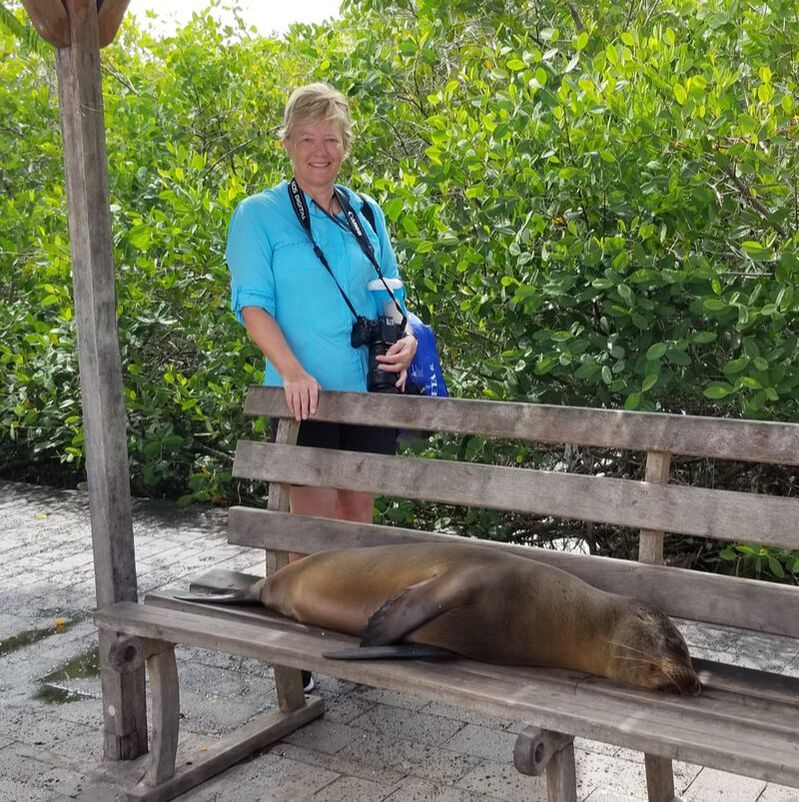
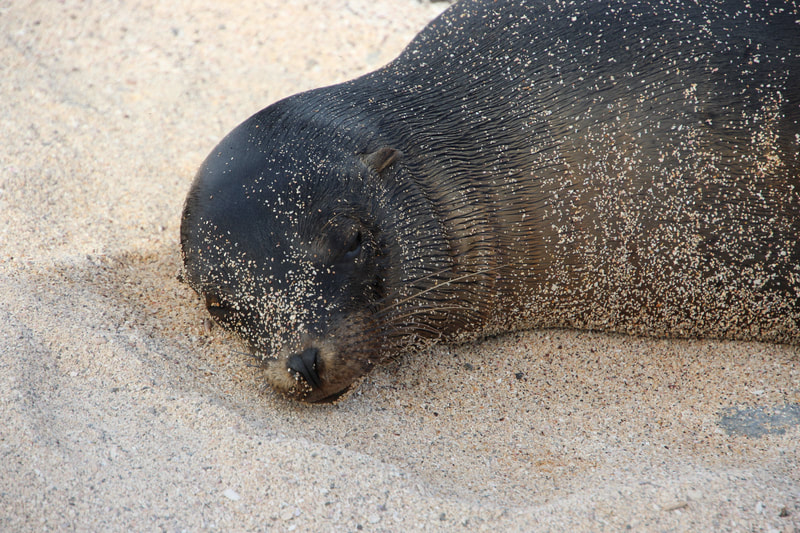
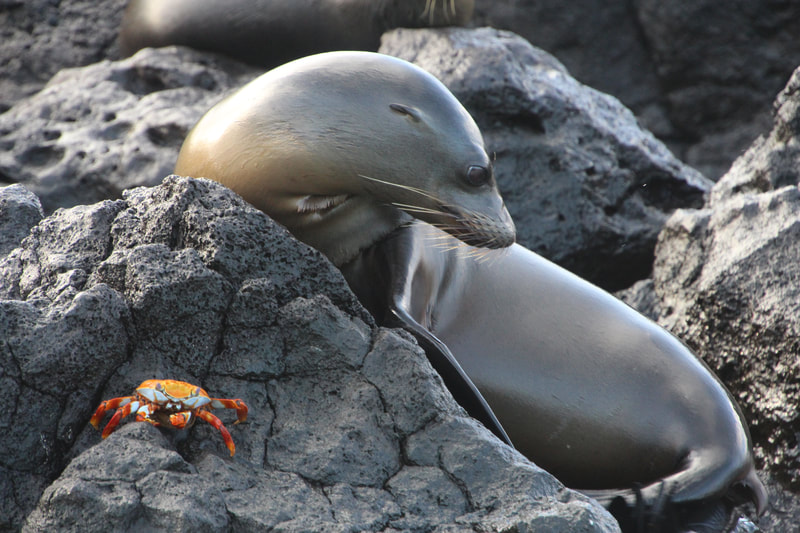
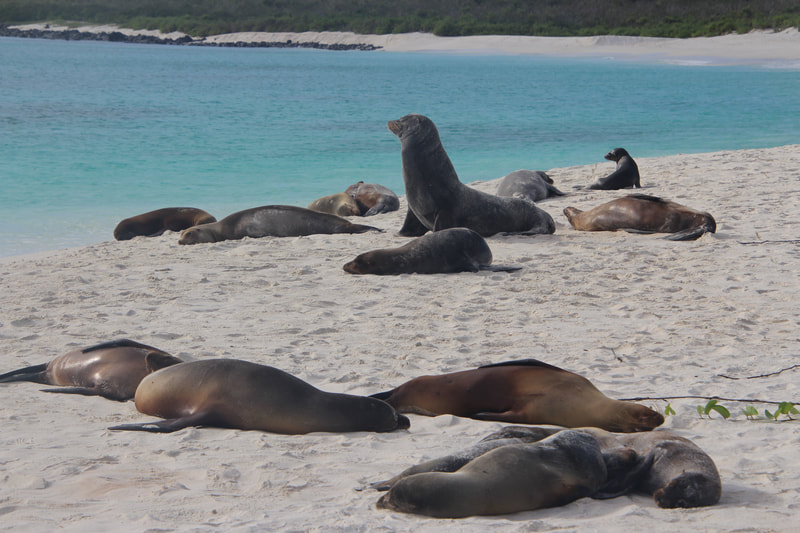
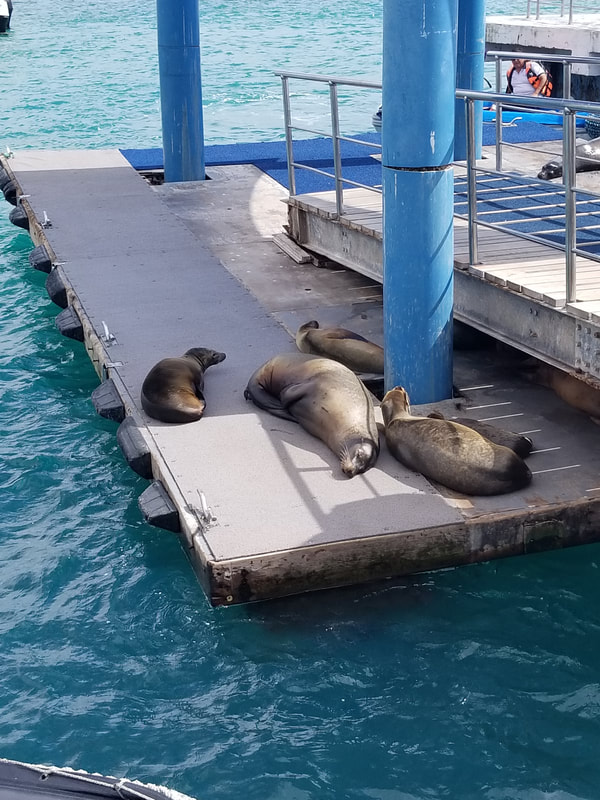
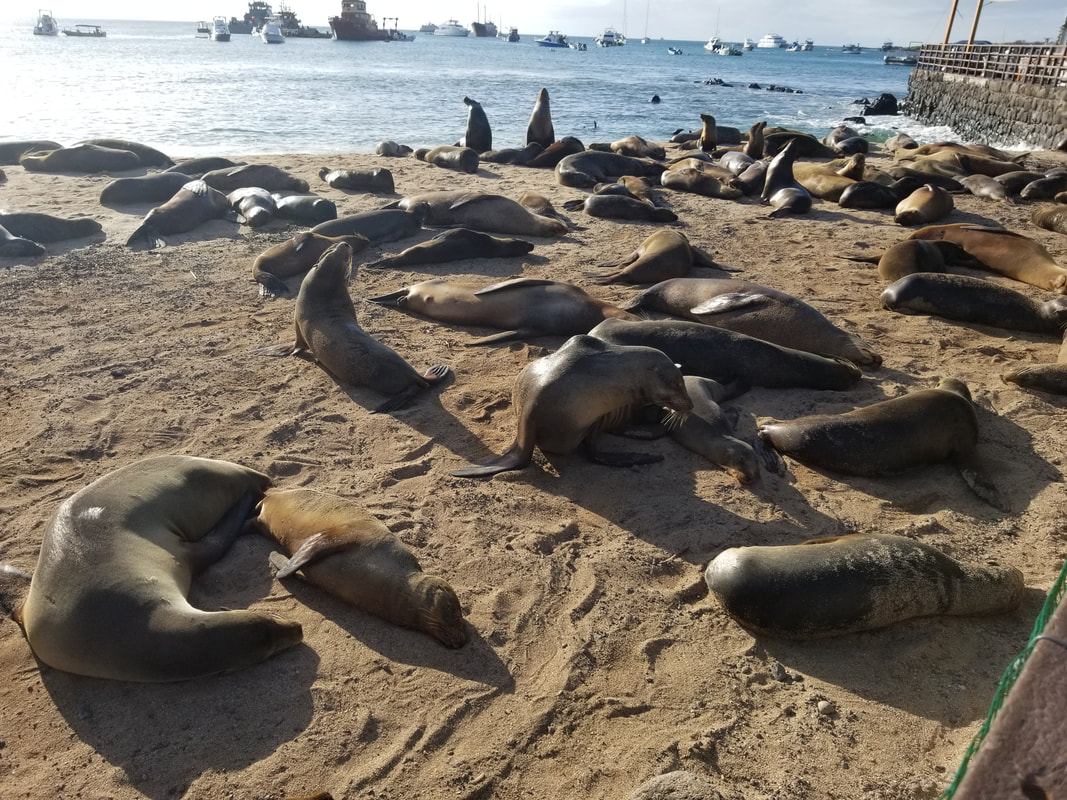
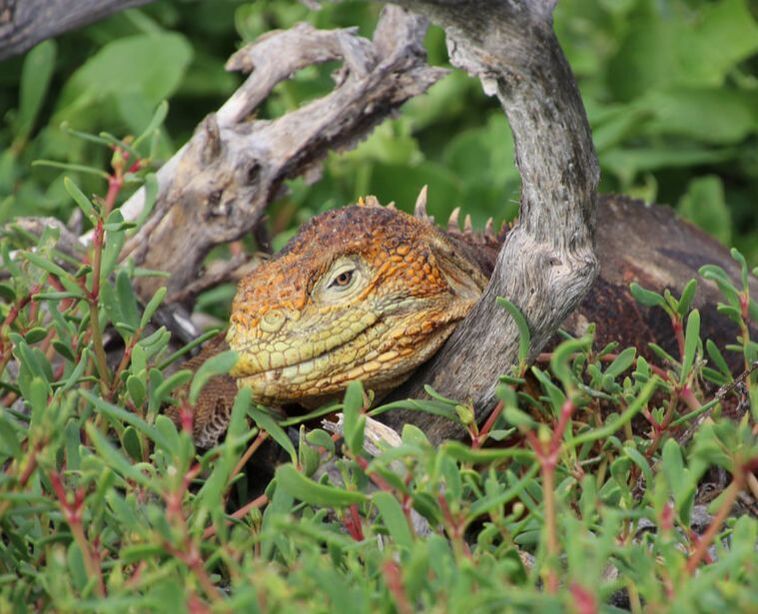
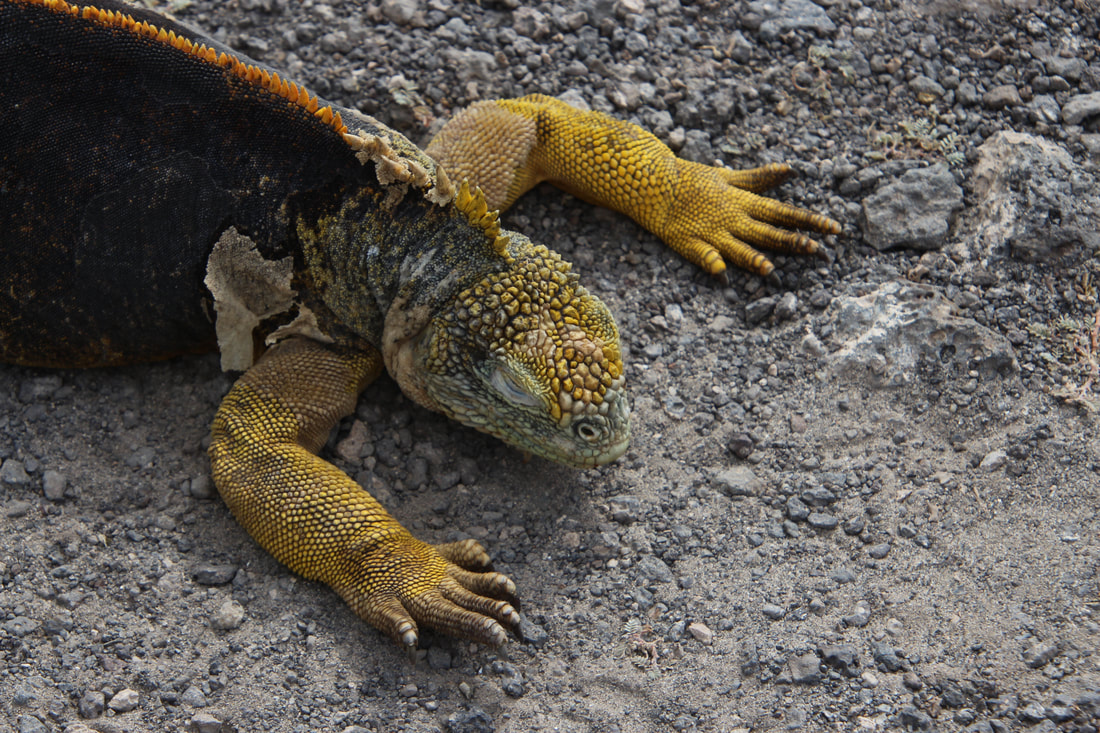
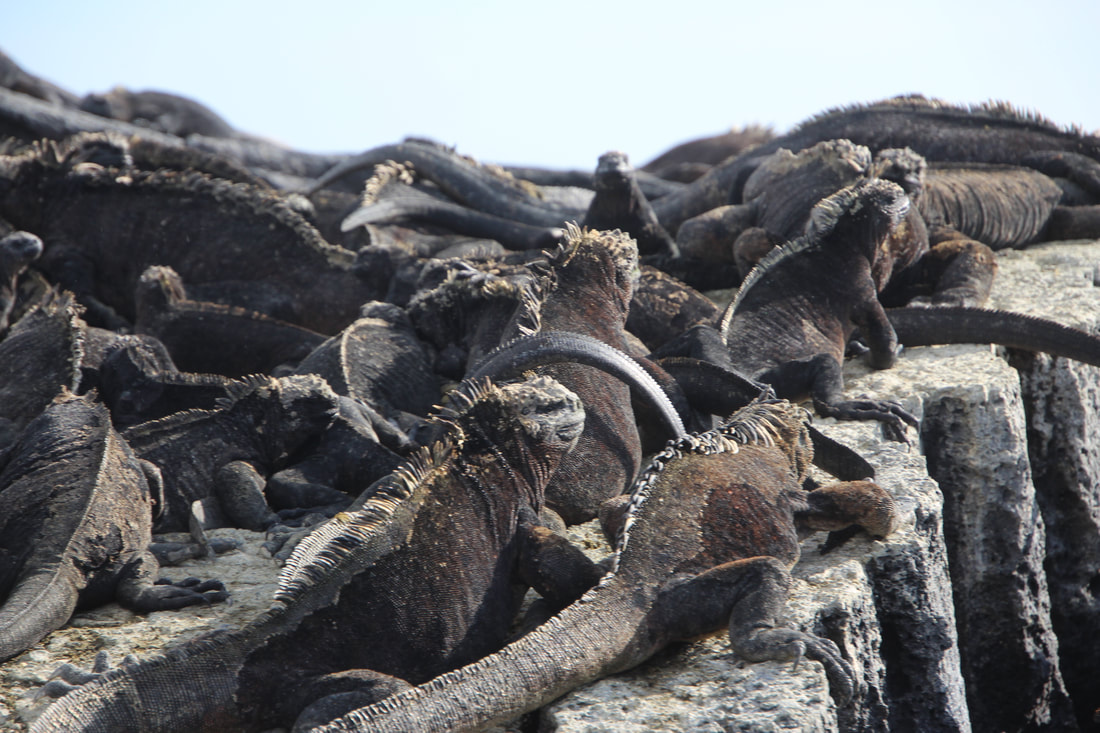
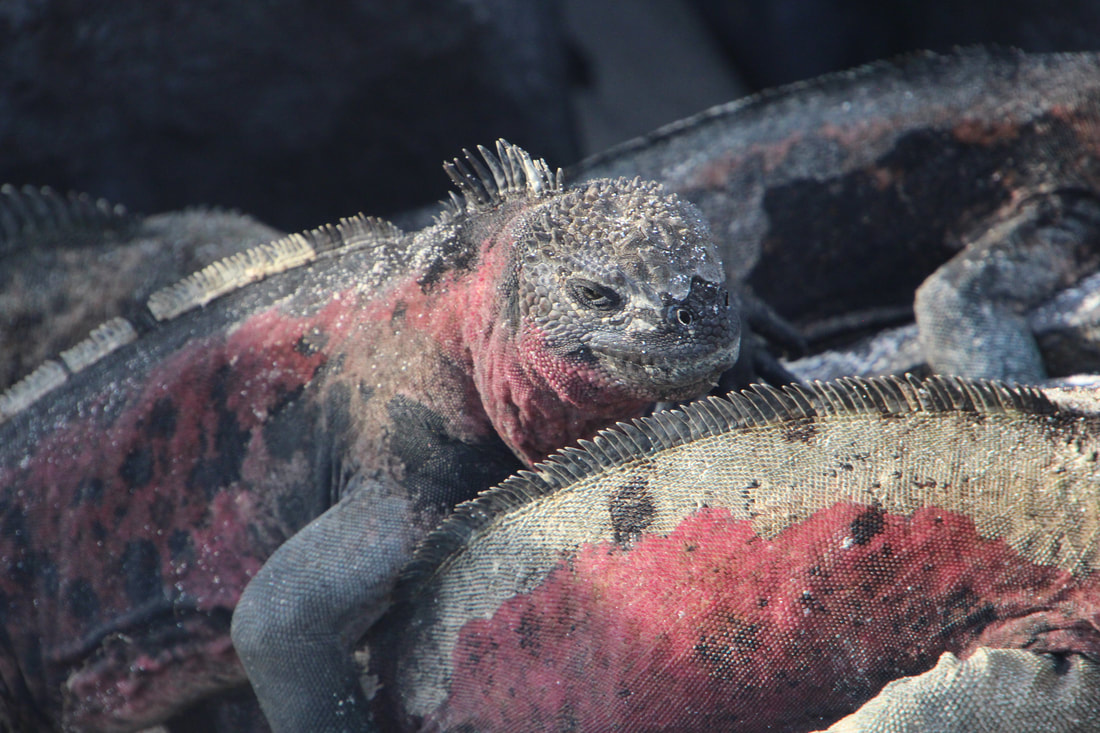
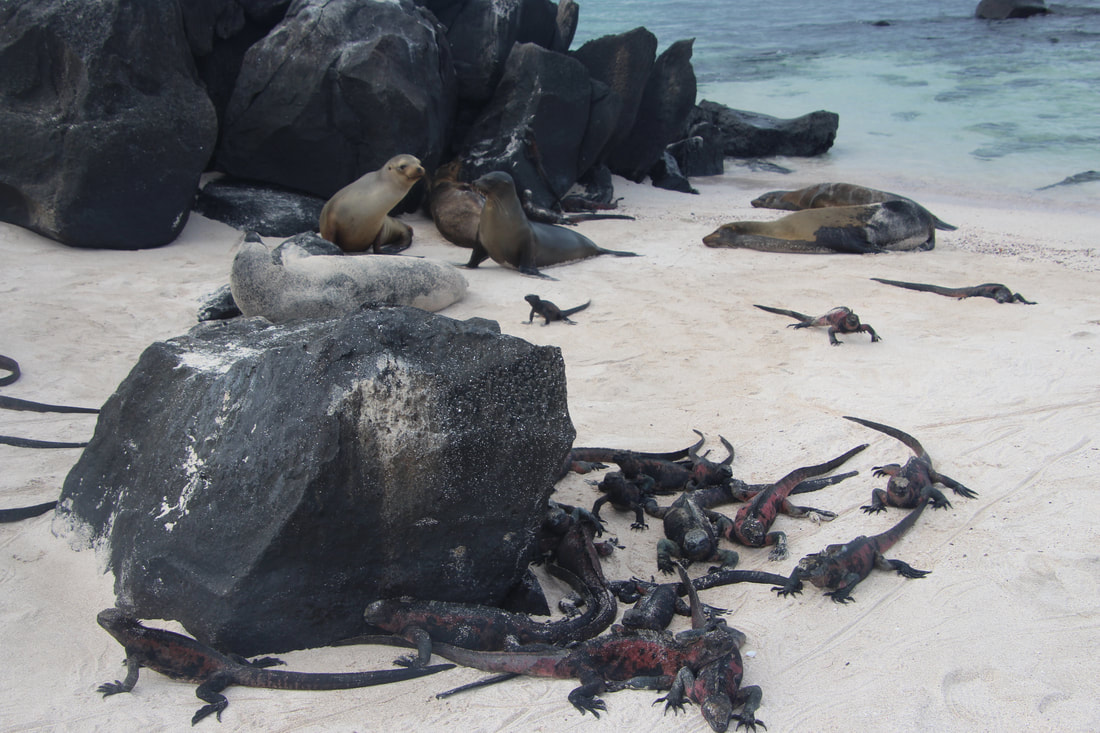
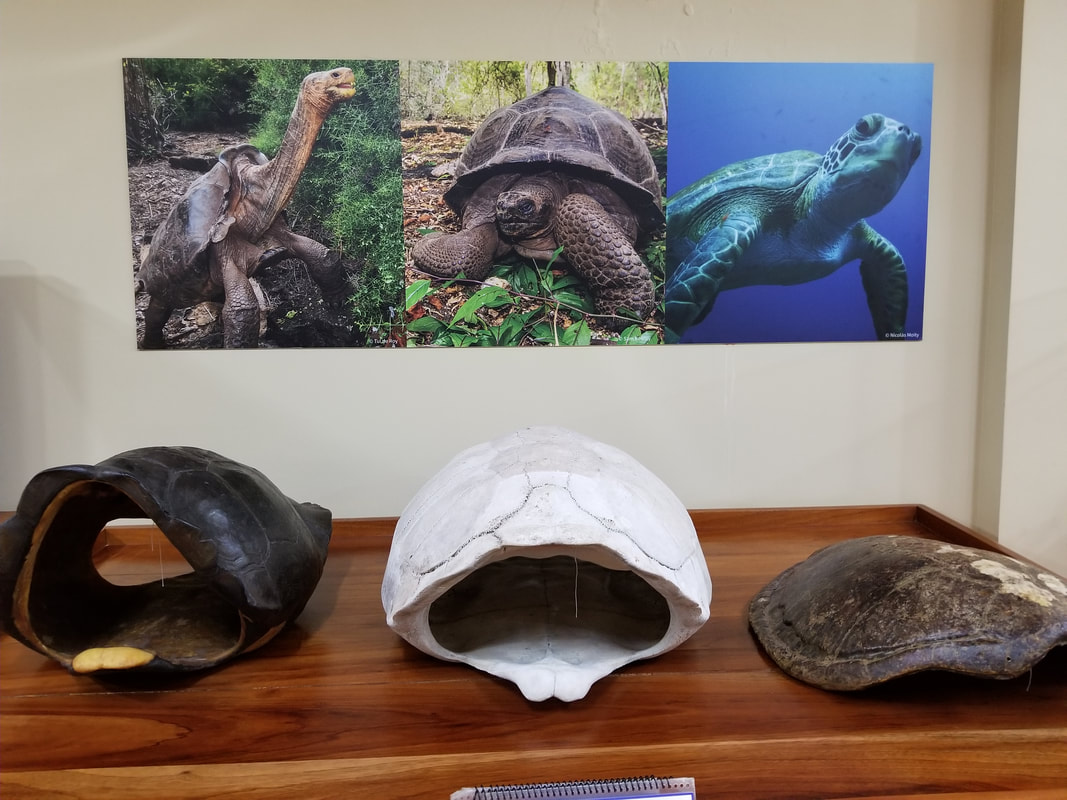
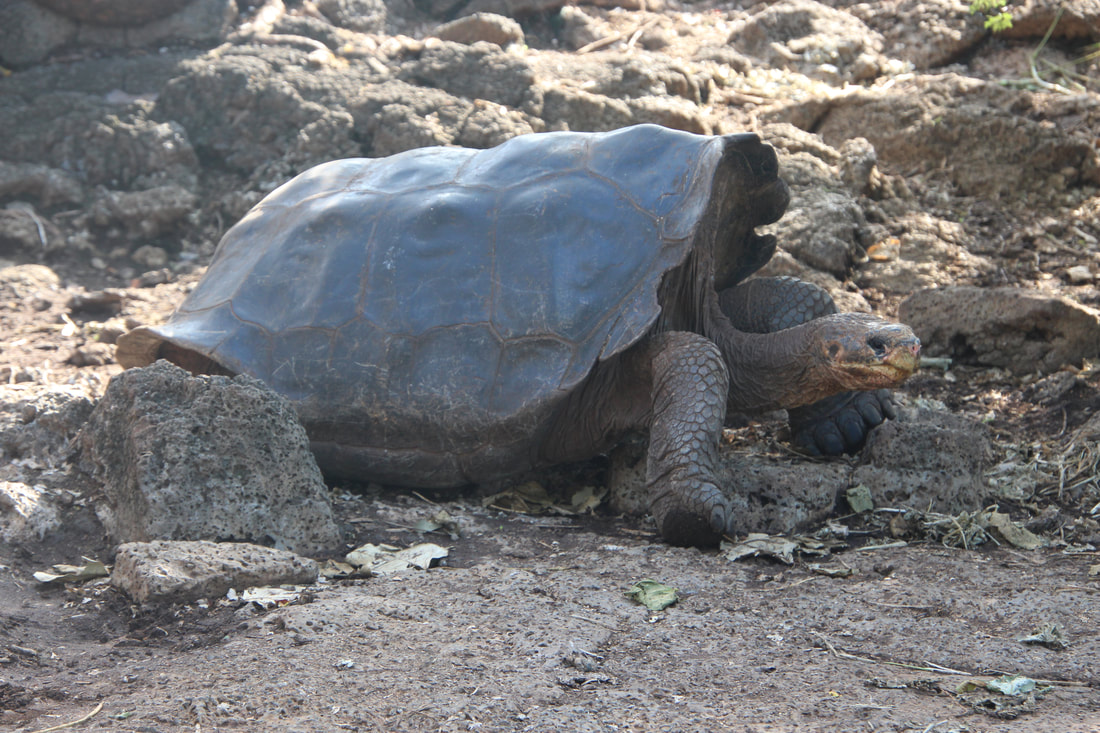
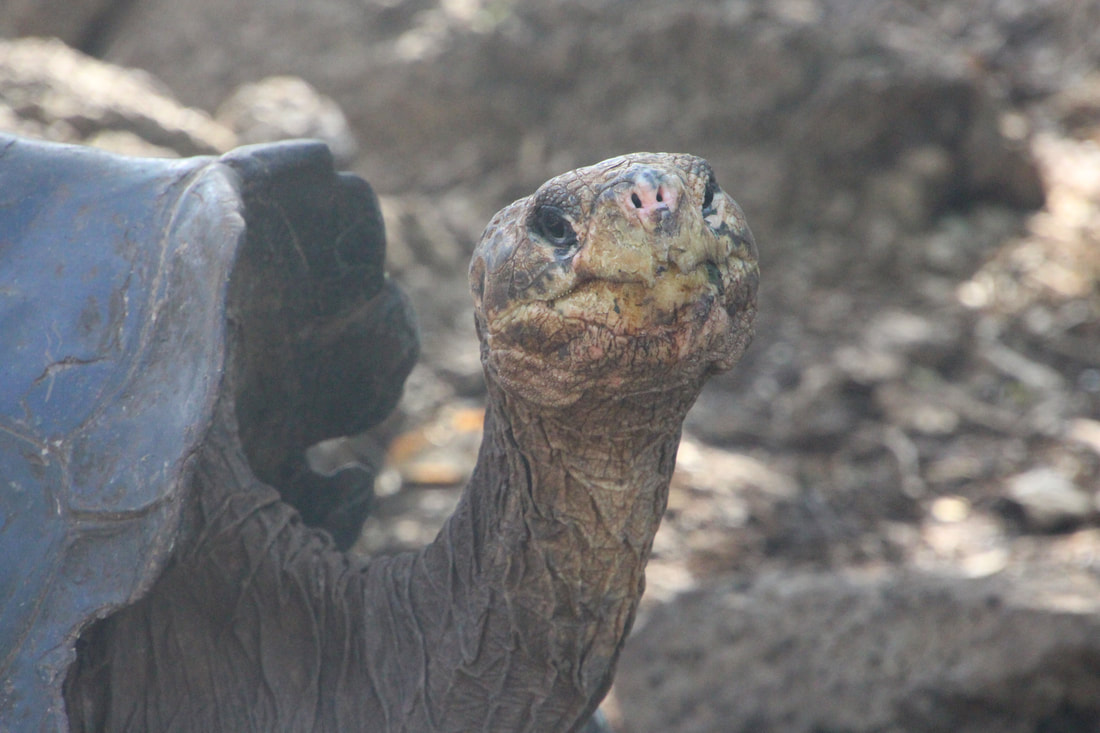
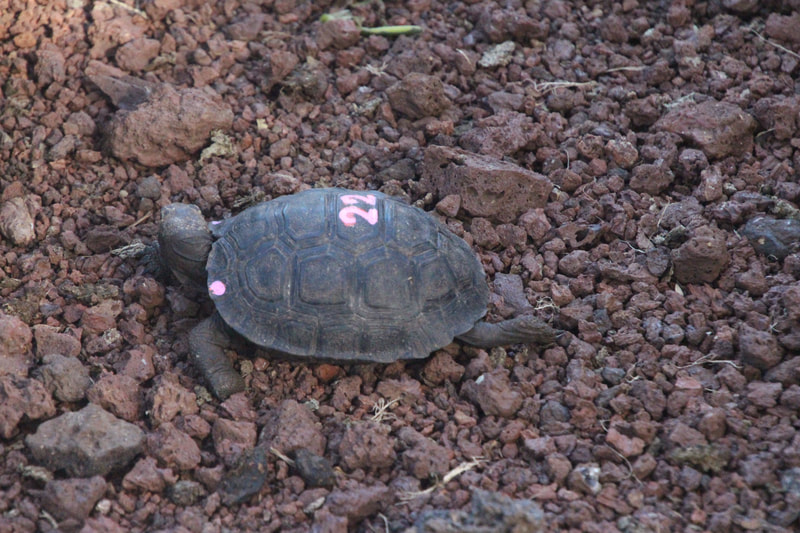
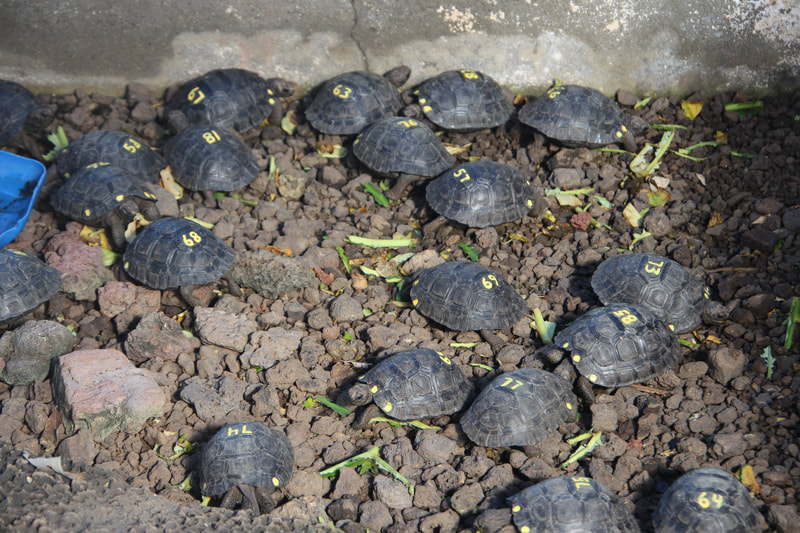
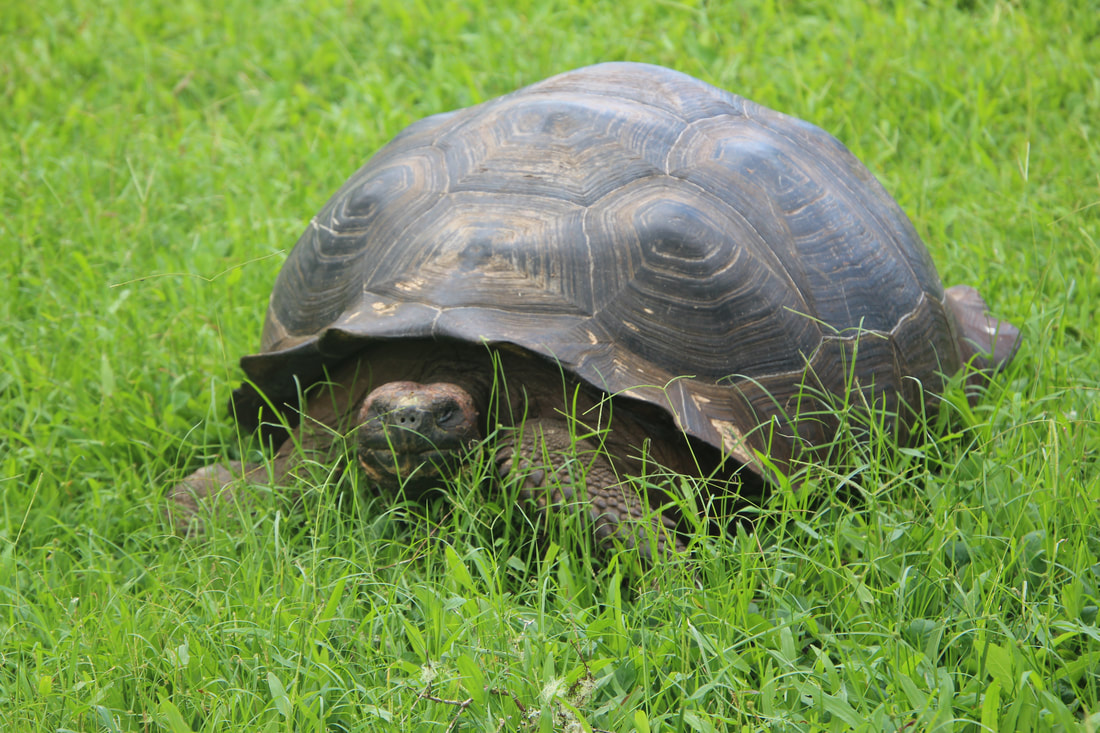
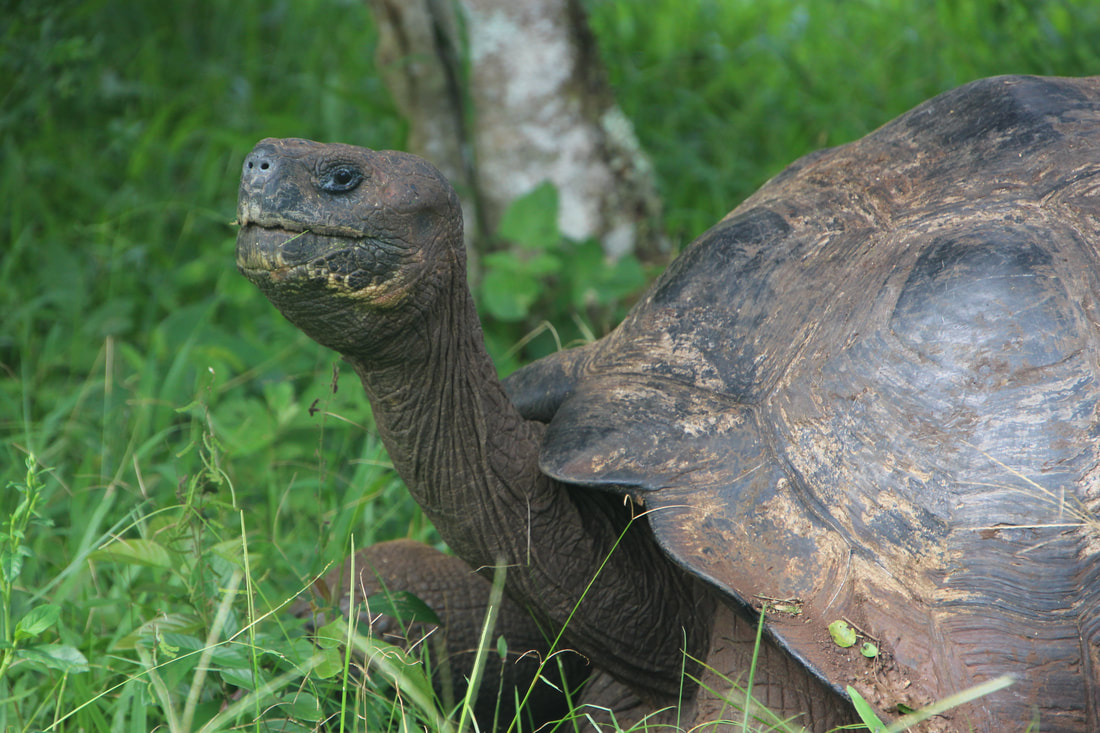
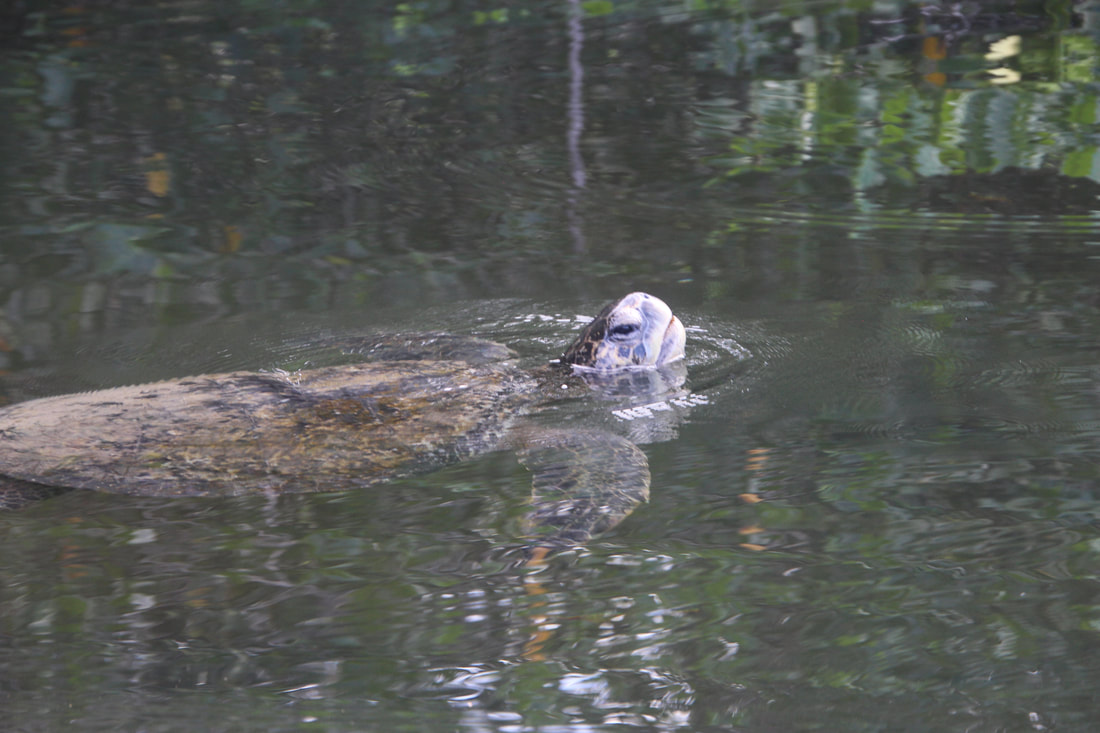
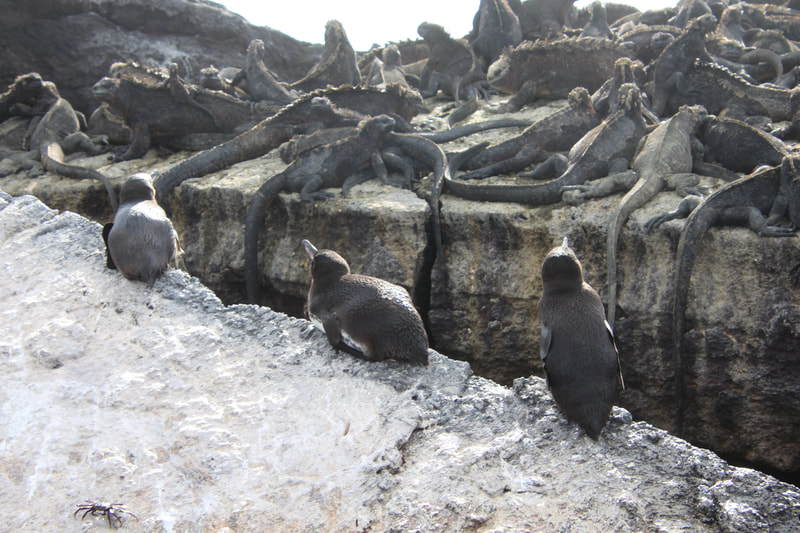
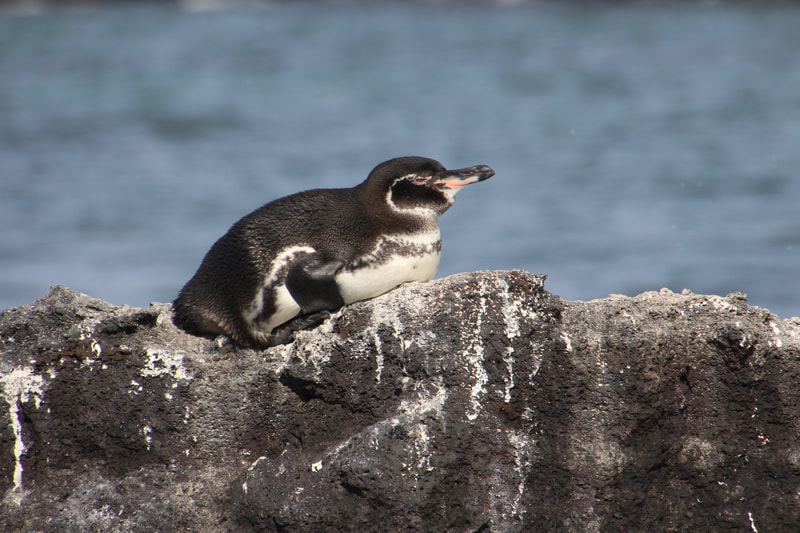
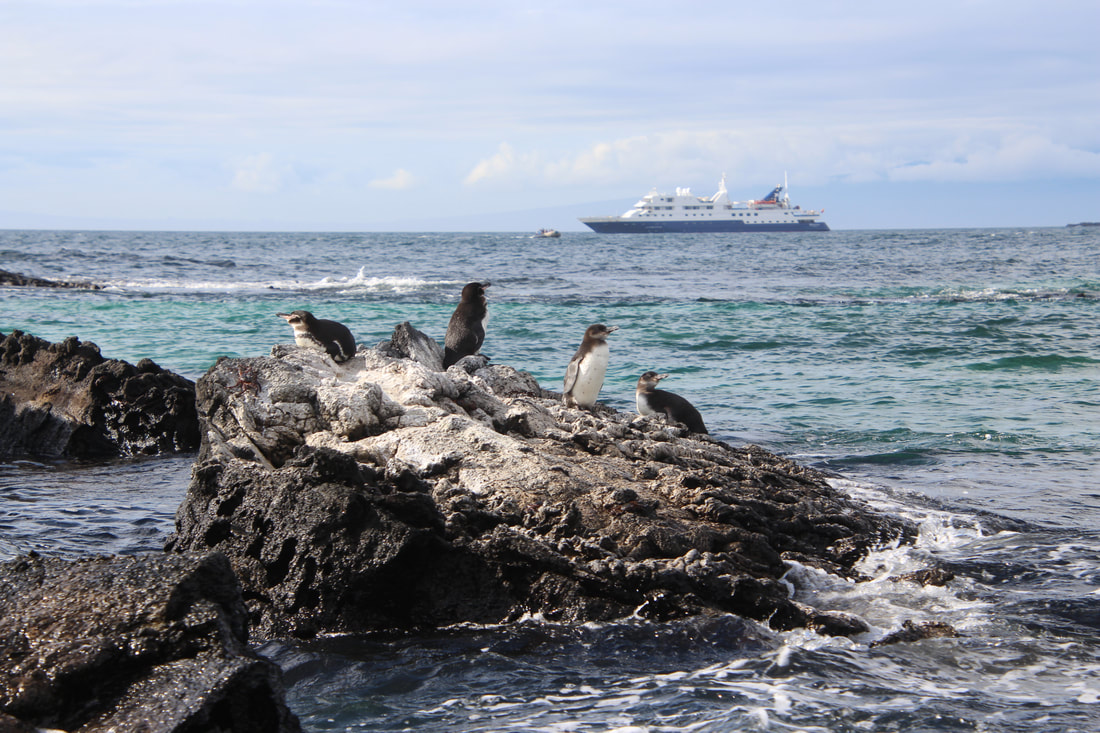
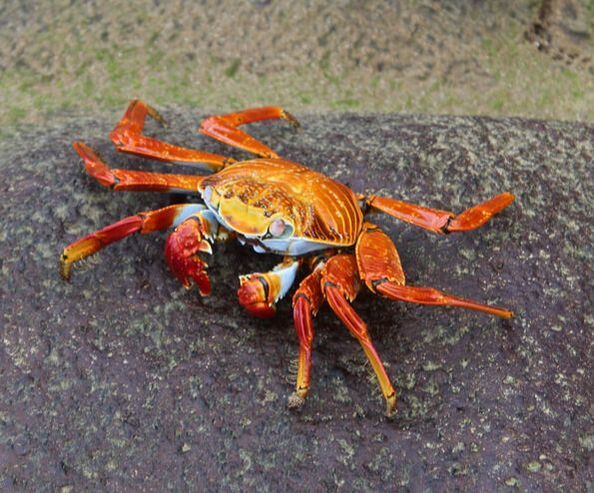
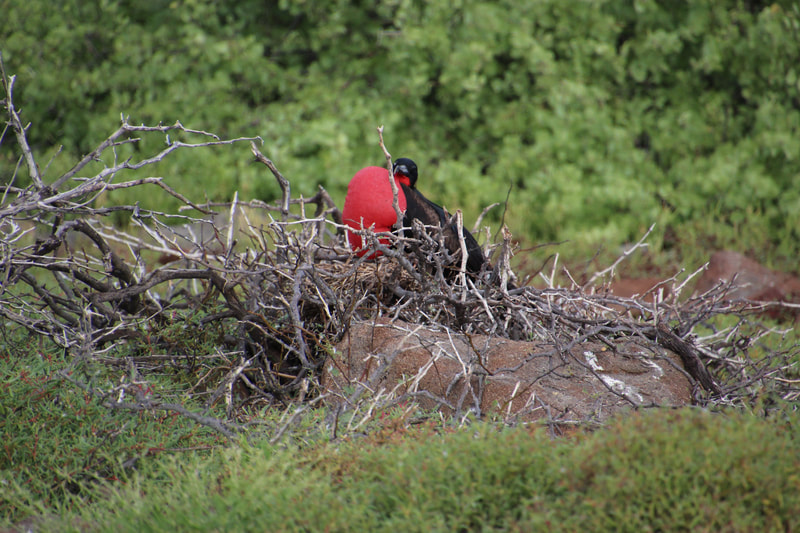
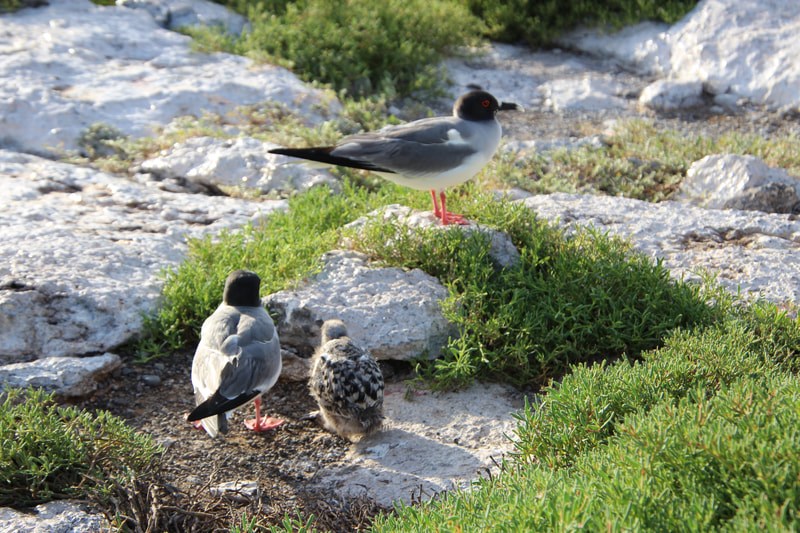
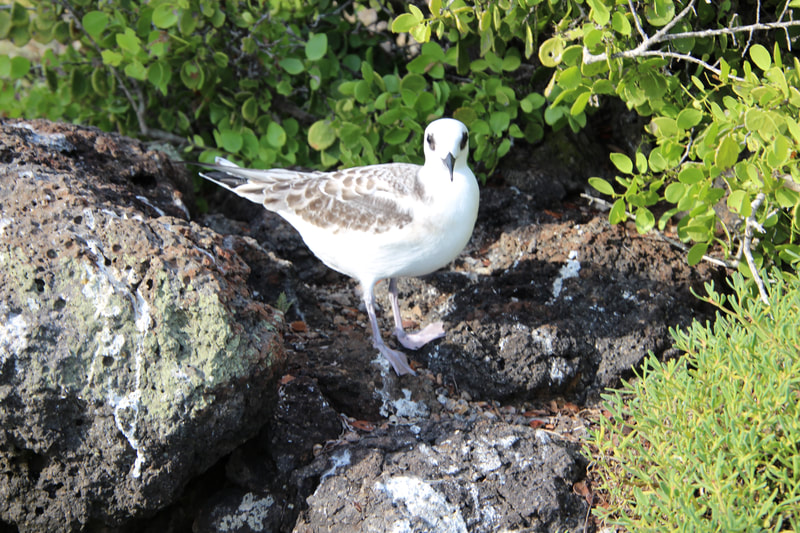
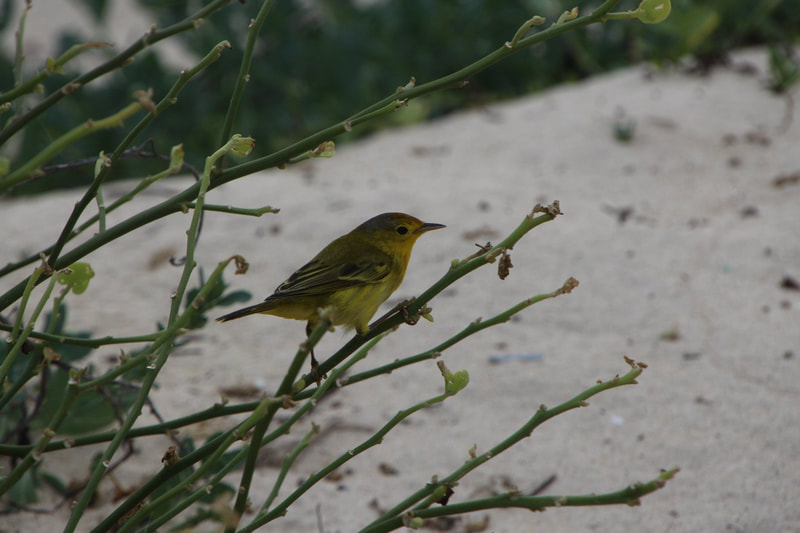
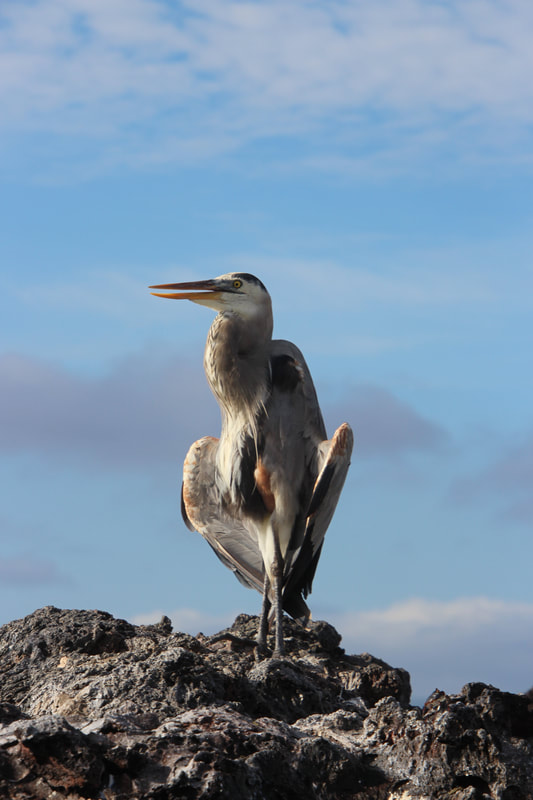
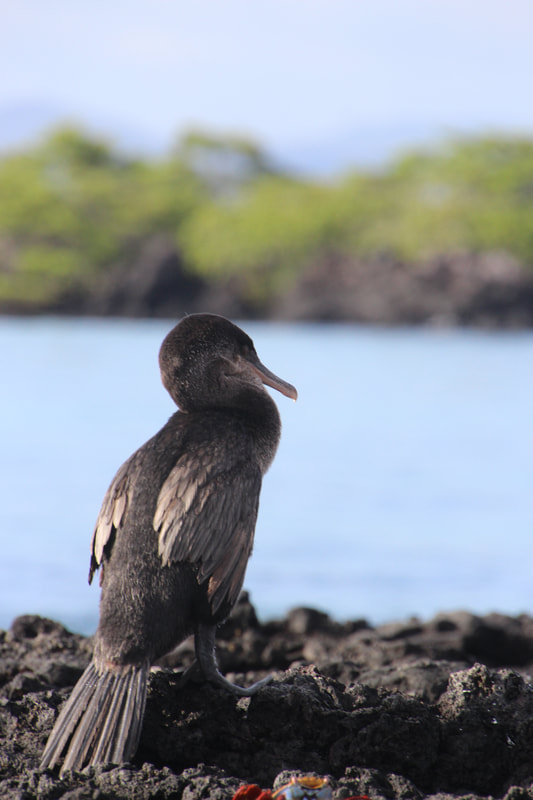
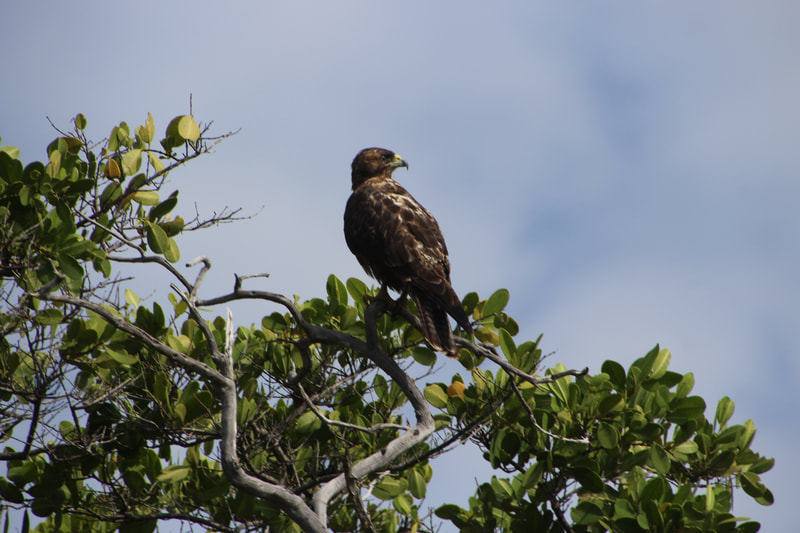
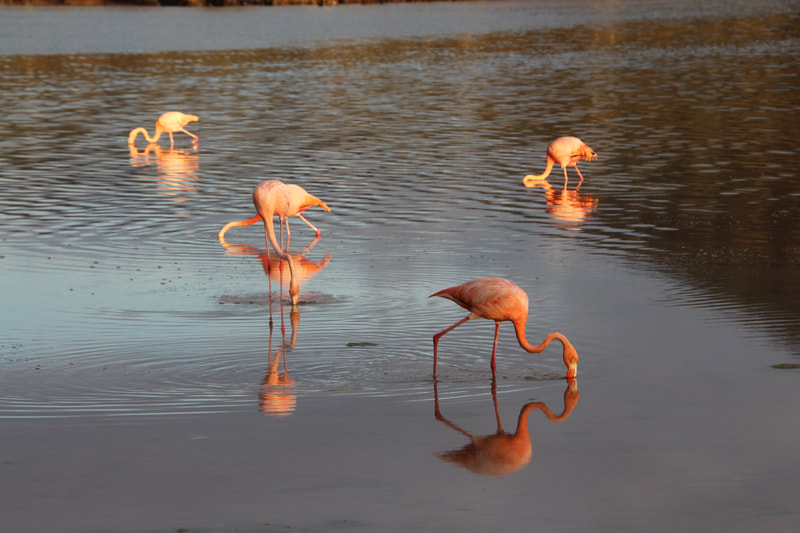
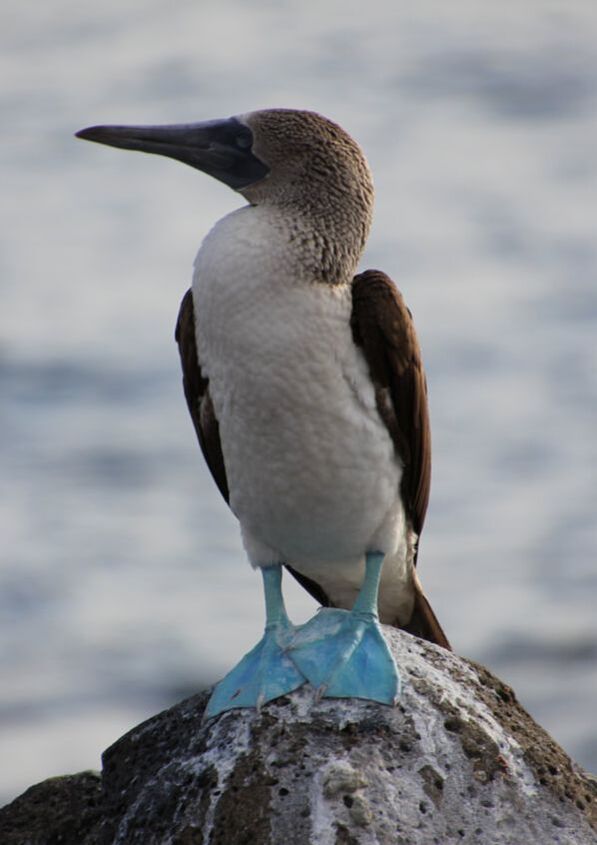
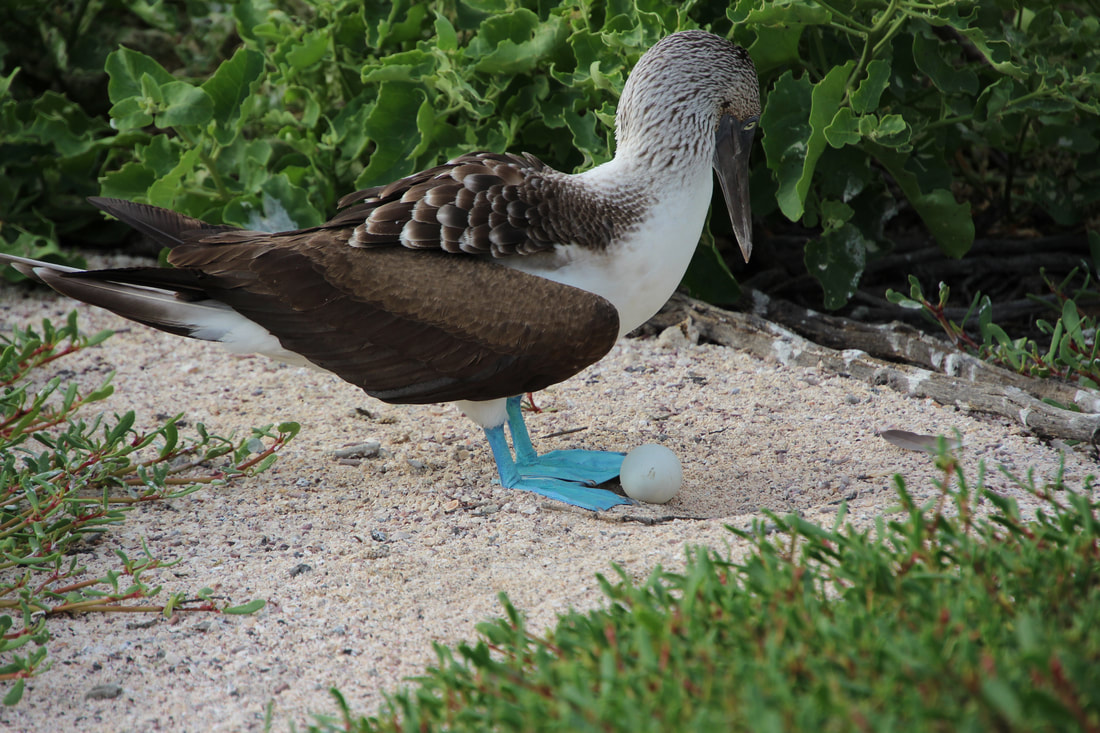
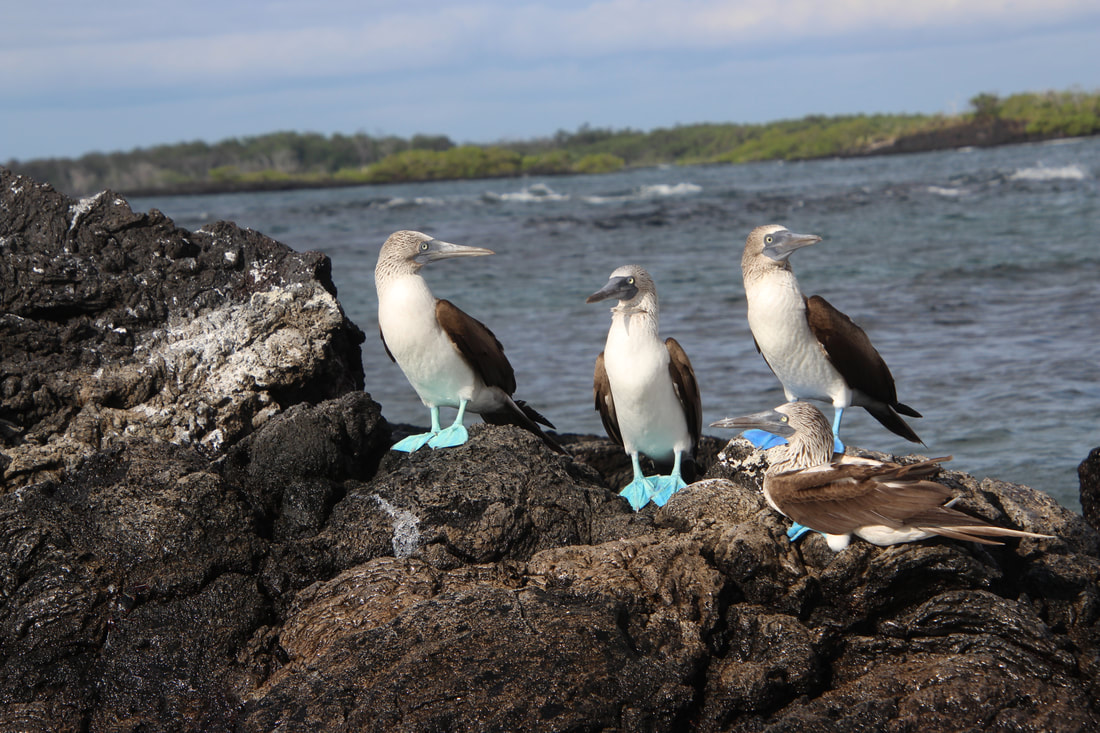

 RSS Feed
RSS Feed
